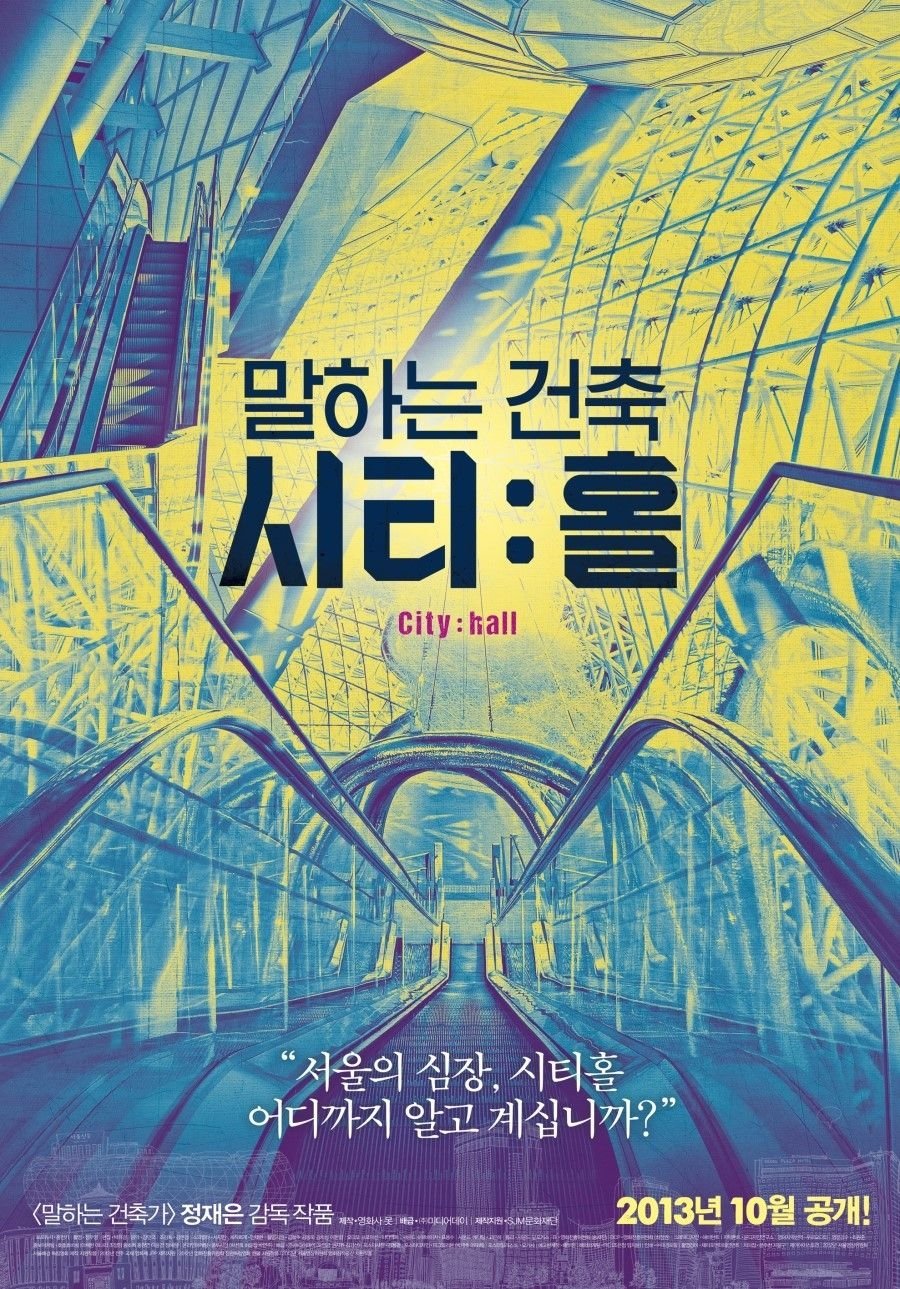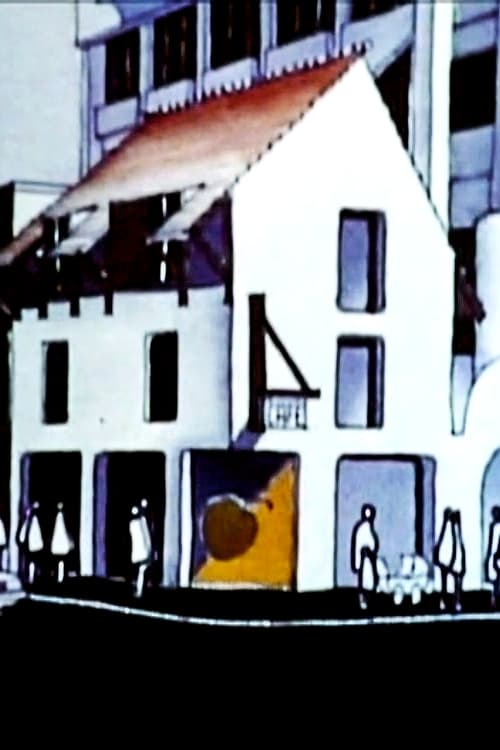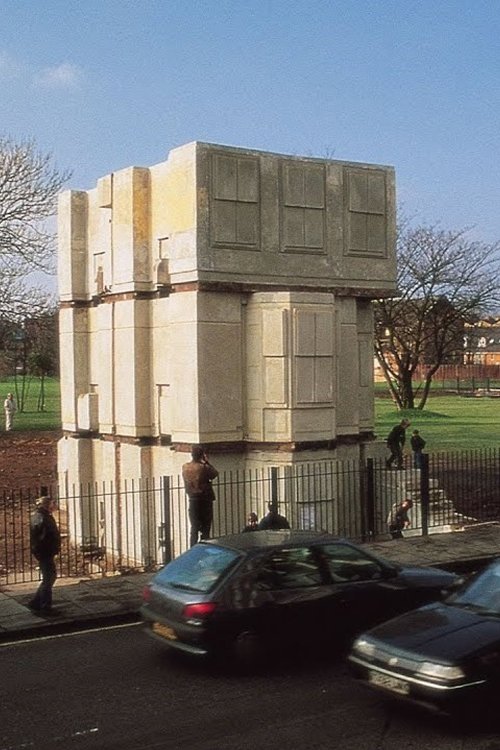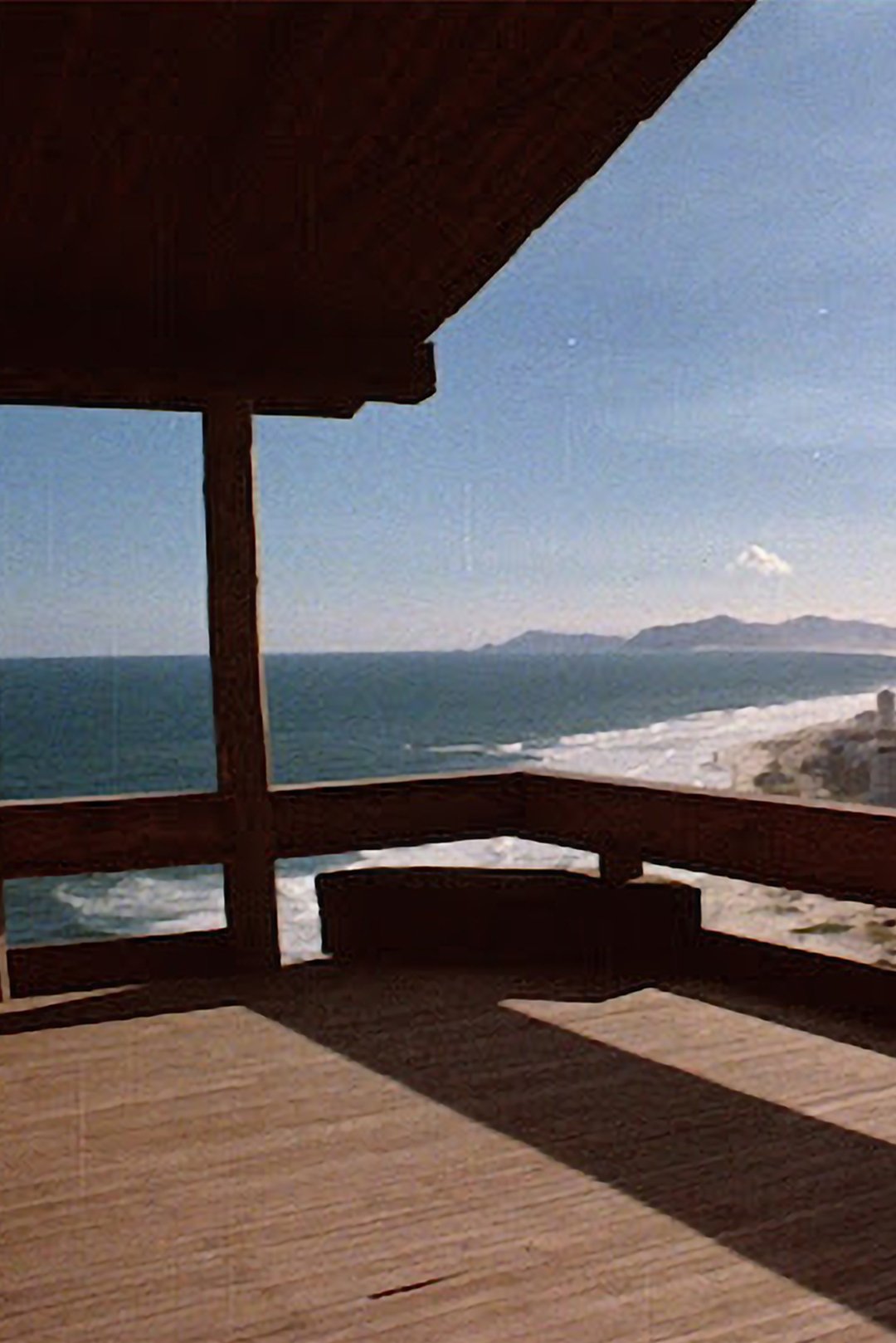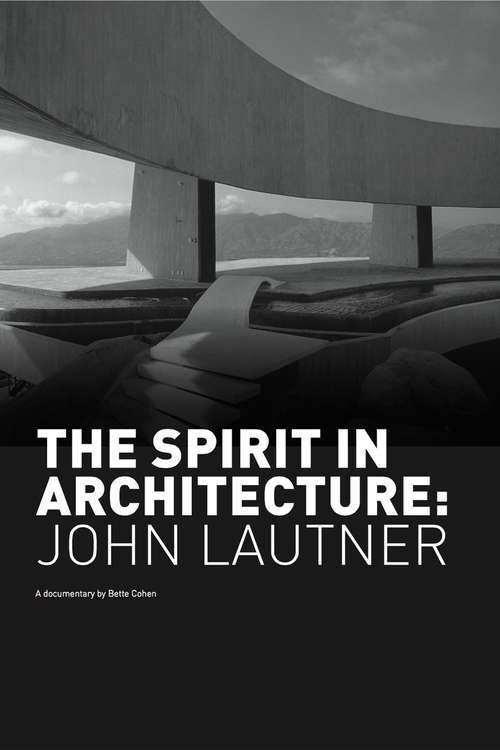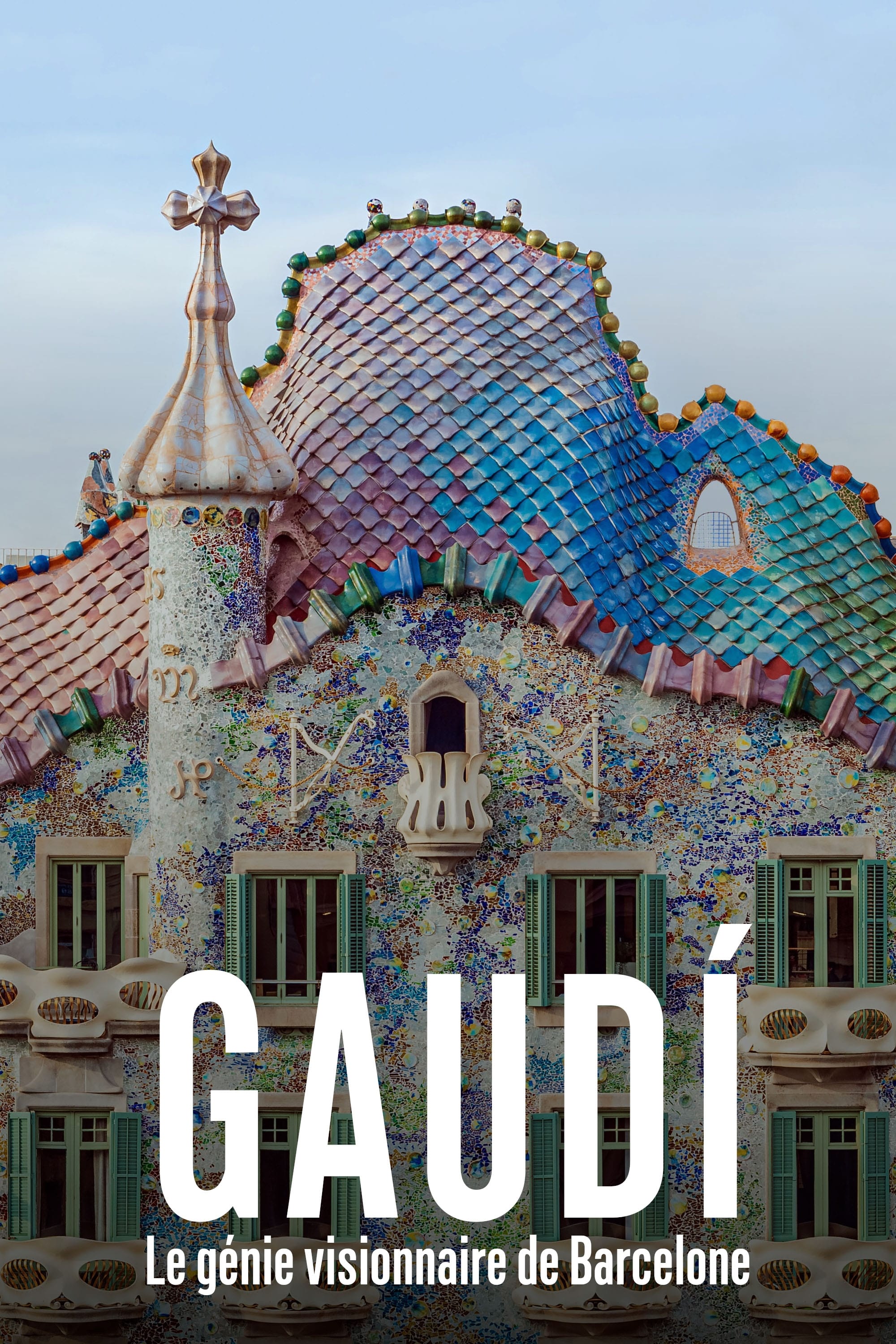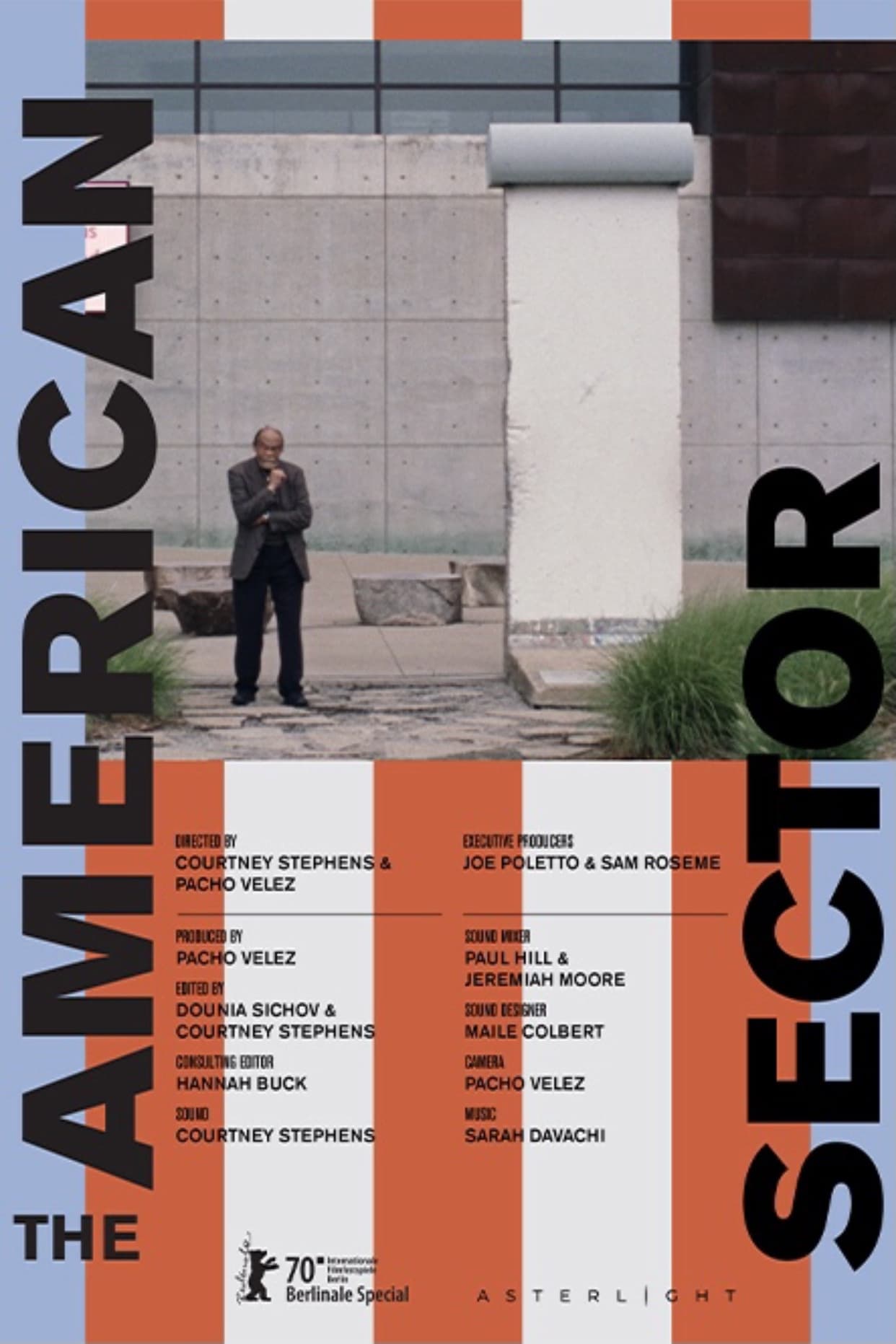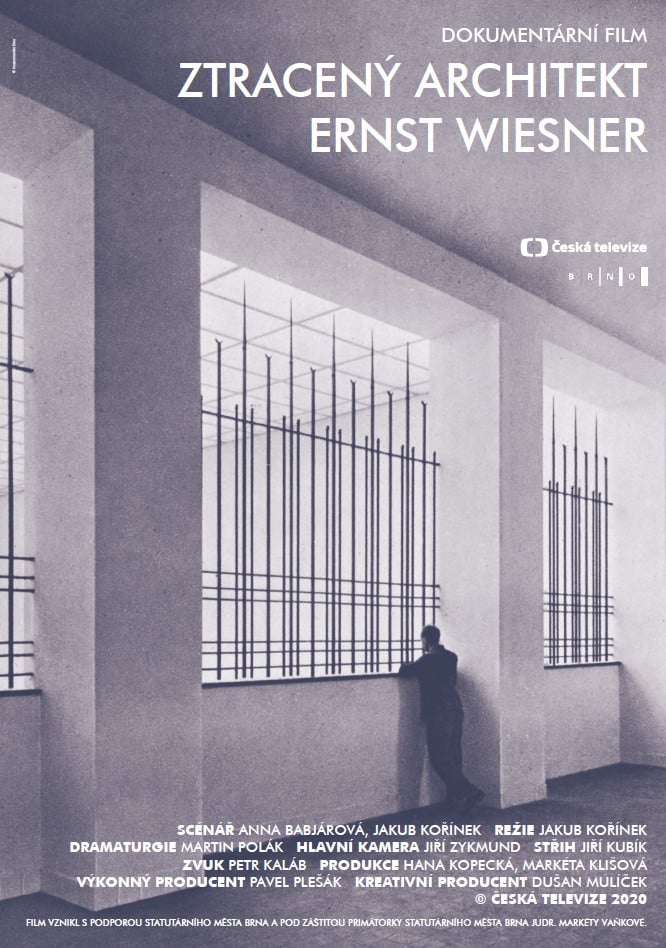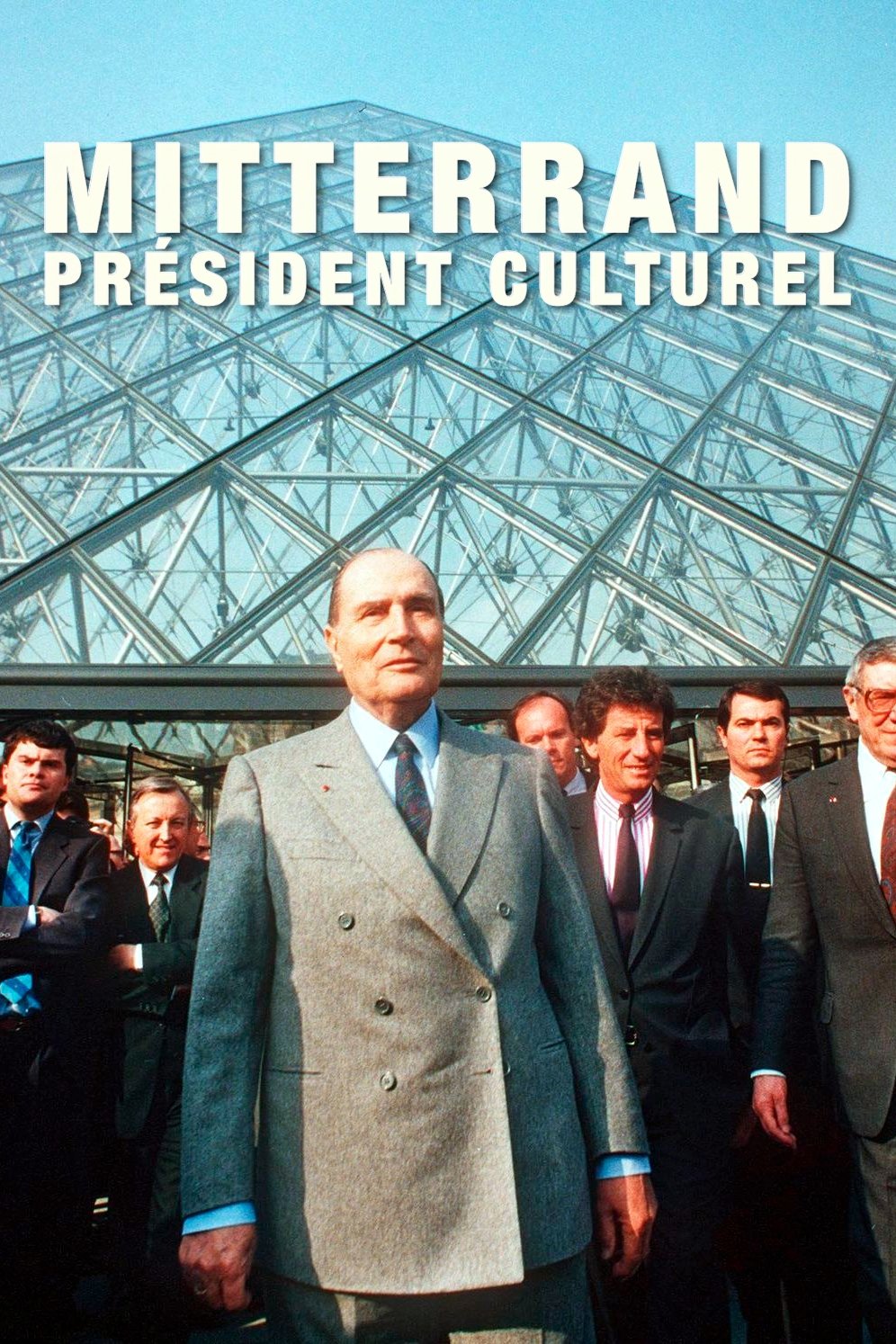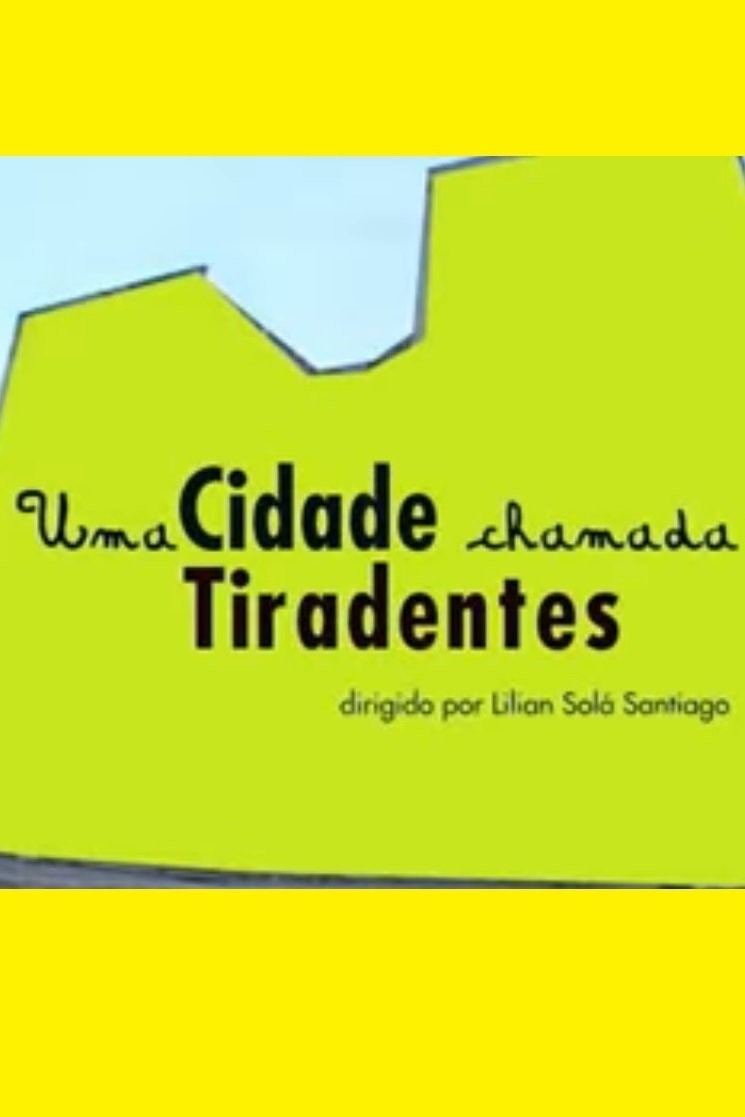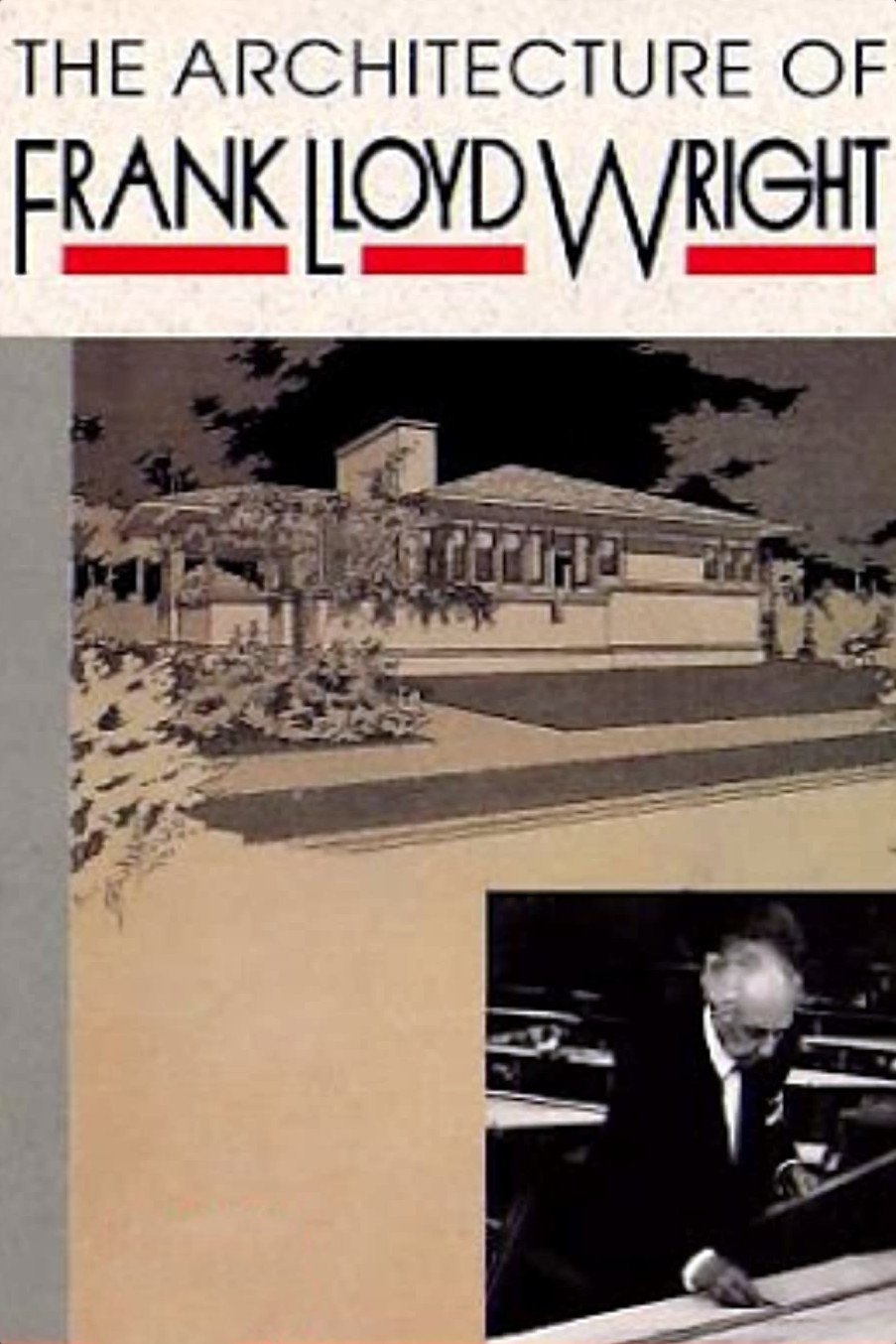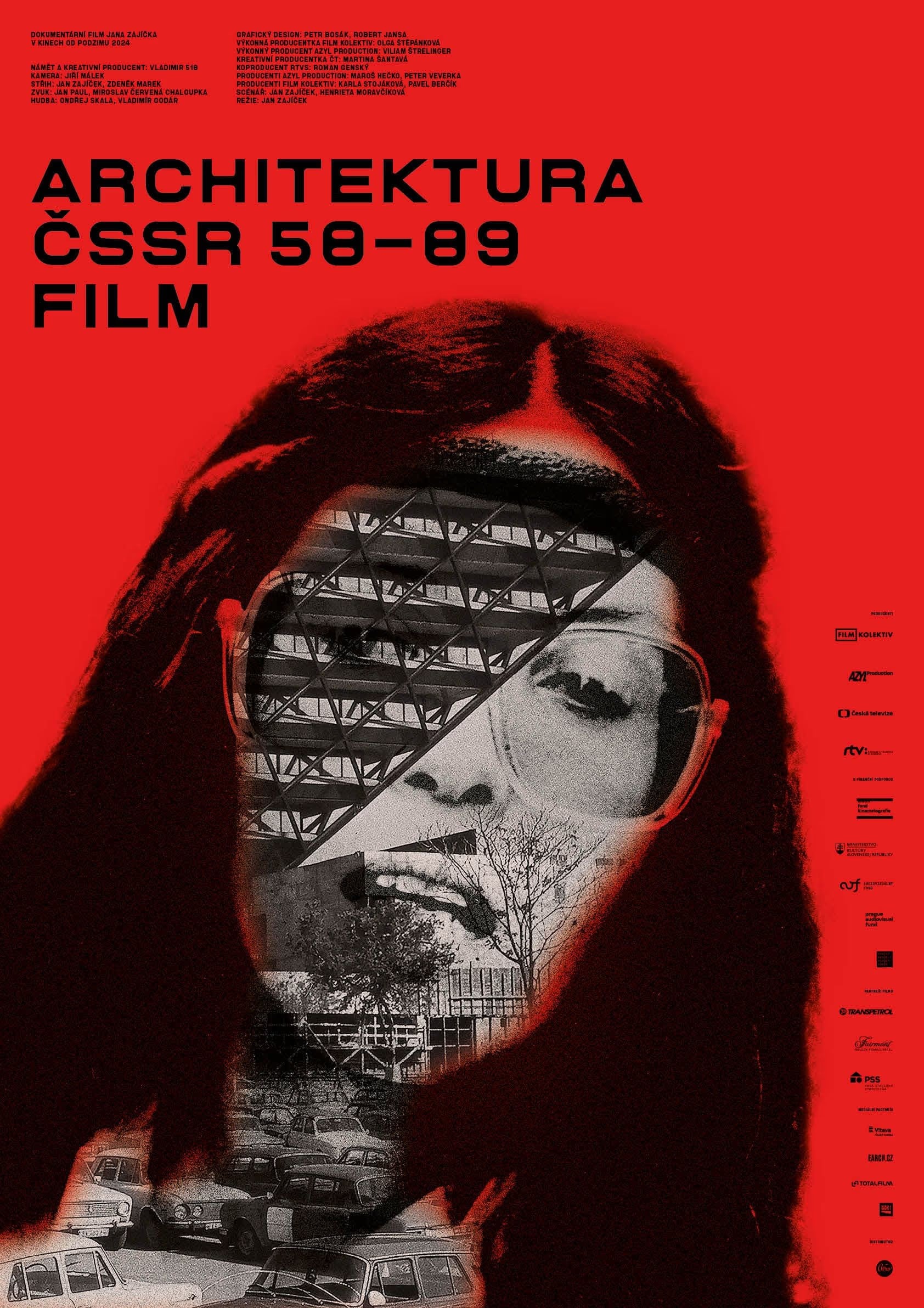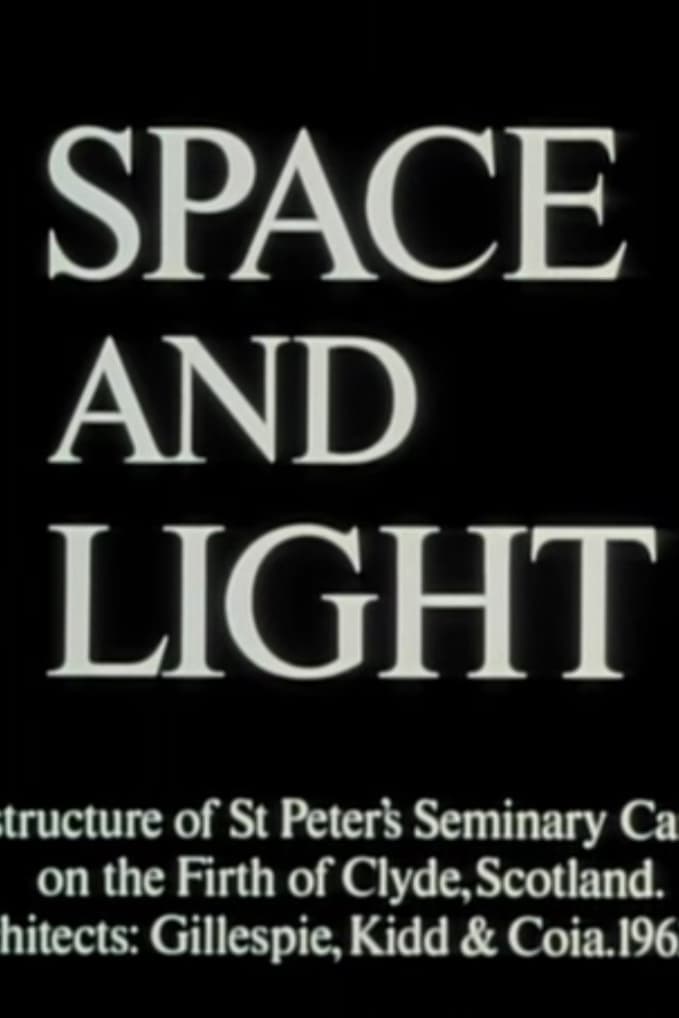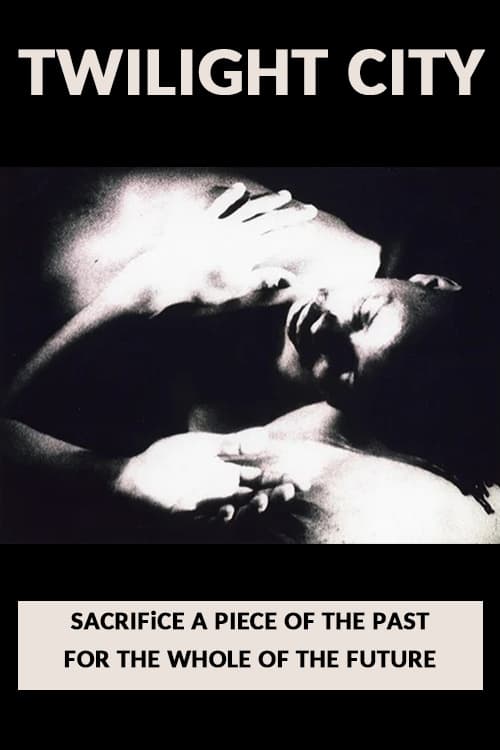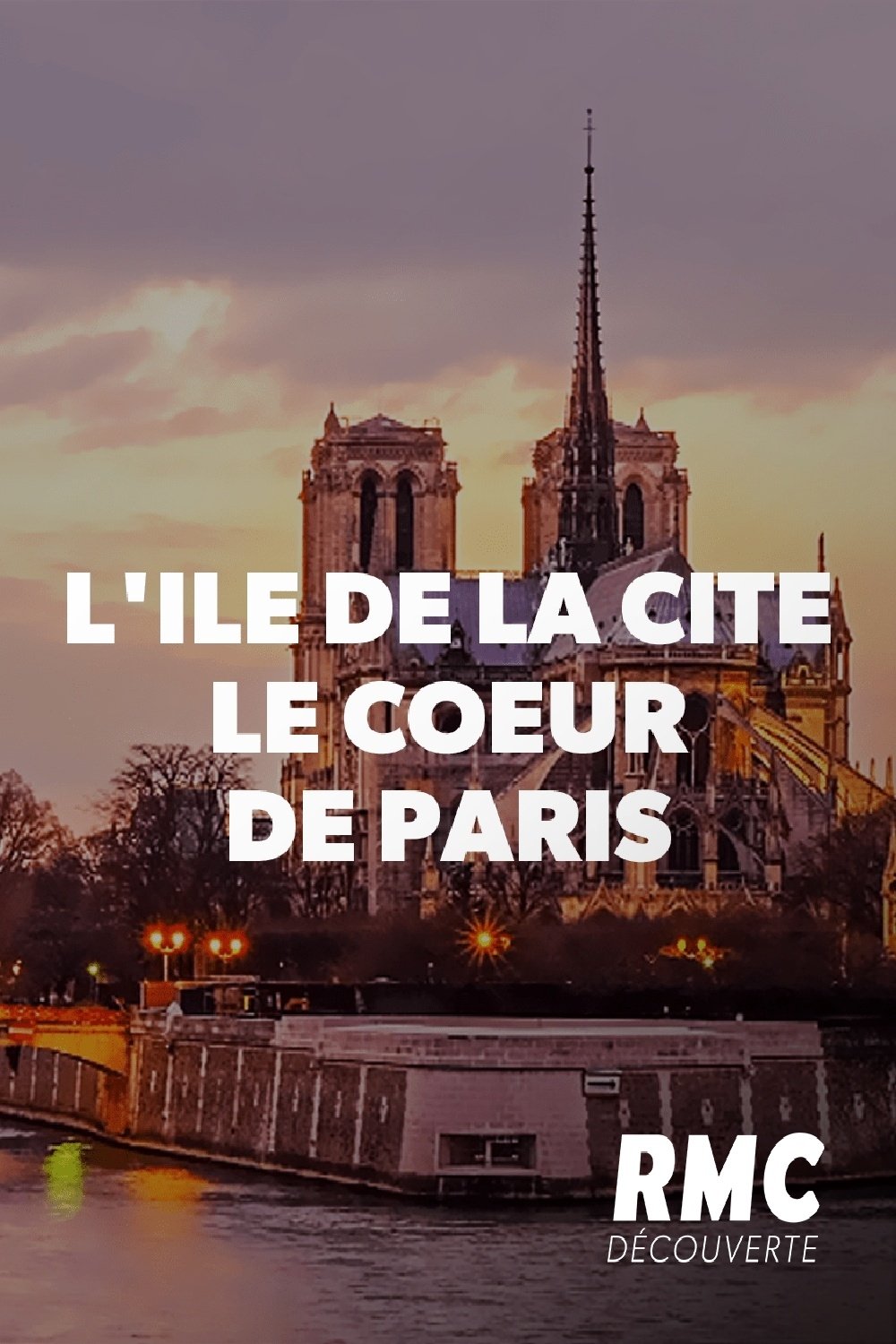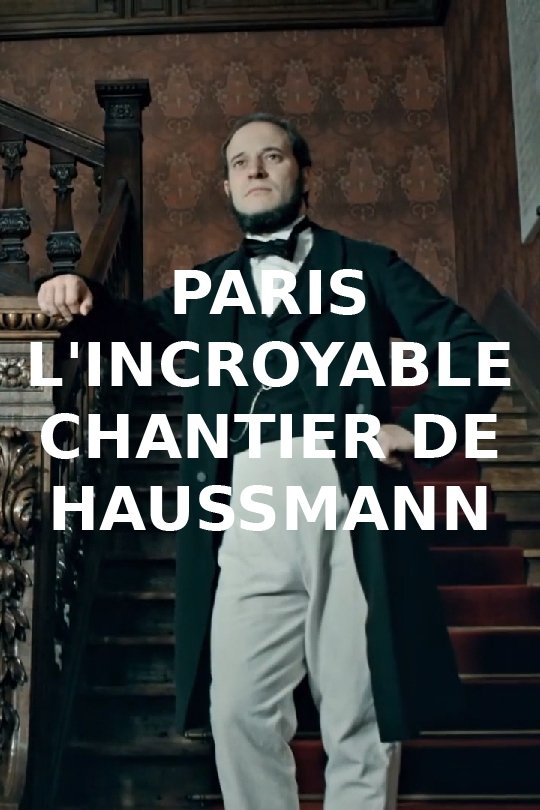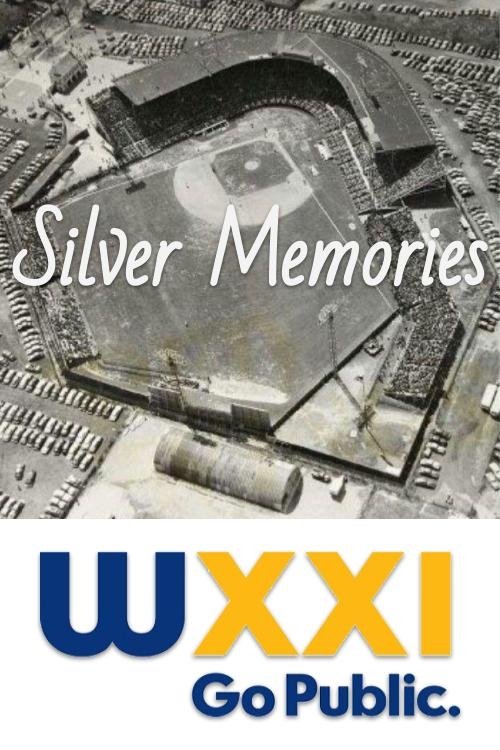Dva klenoty rané gotické architektury (1952)
Released:
1952-01-01
Duration:
N/A
Genres:
Documentary
Rating 0.0
Overview
Production Companies
Studio populárně vědeckých a naučných filmů Brno
Additional Info
| Budget | $0.00 |
|---|---|
| Revenue | $0.00 |
| Original Language | cs |
| Popularity | 0.0876 |
Directed By
František Lukáš
Crew
Director
František Lukáš
František Lukáš
Editor
Vlasta Plotěná
Vlasta Plotěná
Screenplay
František Lukáš
František Lukáš
Original Music Composer
Jiří Srnka
Jiří Srnka
Production Manager
Milan Hachla
Milan Hachla
Director of Photography
Bedřich Jurda
Bedřich Jurda
Story
František Lukáš
František Lukáš
